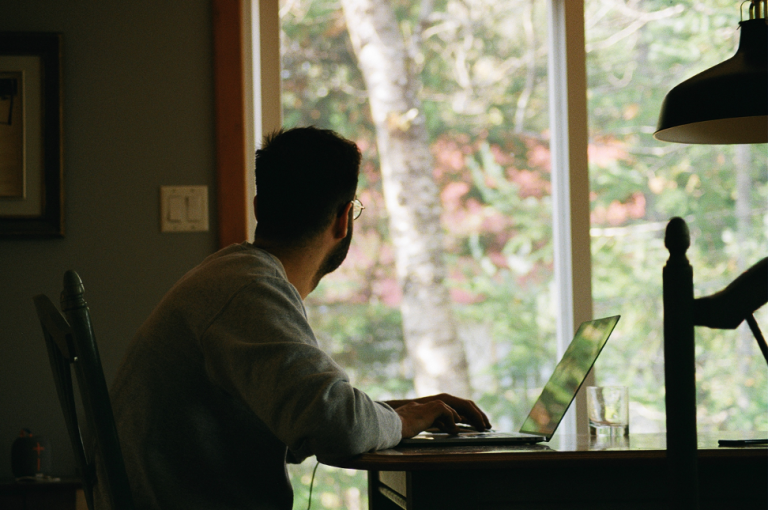With the COVID-19 pandemic resulting in stay-at-home protocols, companies have had to immediately shift to remote working. According to this study by Pew Research Center, working from home had different effects on employees. Some experienced a drop in their productivity. However, a greater number of workers (around three-fourths of the respondents) said they actually easily managed to transition to remote working. They said this was thanks to having the technology and equipment needed for their job. They also had an adequate workspace where they were able to work without interruptions. This led to increased motivation, and the ability to meet deadlines and finish projects on time. You, too, can promote your employees’ welfare and help them manage their well-being. This, in turn, will improve their motivation for work.
So below are some ways you can help your employees:
Consider flexible work schedules
Just because employees are spending more time at home, it doesn’t mean they have more time specifically for work. On the contrary, working at home means a person will need to learn how to balance their time between work and personal life. An employee may also need to do household chores or watch over their children or elderly parents, which may overlap with their workload. Because of this, you should consider giving your employees flexible work schedules so they can work at a time that’s most convenient for them, which fosters more productivity.
Aside from this, you can also consider a flexible work model, which means that employees can choose when they want to work on-site or at home. Canva uses this model, saying that they won’t have a strict requirement on the number of days an employee must spend in the office. Meanwhile, online food delivery firm Swiggy announced a four-day workweek where employees get to choose those four days.
Encourage them to create an ergonomic workspace
Your home is likely not the best place to work in since it’s made for comfort and leisure. Because of this, you’ll need to create a space specifically for work — and it’s best to make it ergonomic. This allows you to work with just enough comfort that it keeps you productive, but not too comfortable that it can put a strain on your body — such as when you work on your bed or sofa. Creating a new workspace may cost money, but this feature by CNBC discusses that there are companies that give home-office allowances to their employees. Shopify and Twitter both offer up to $1,000 for their workers to set up their new home office.
When talking about an ergonomic workspace, equipment like ergonomic chairs and tables probably come top of mind. But as seen in this article by Pain Free Working, simple tools like an ergonomic keyboard let you type while keeping your hands and arms in a natural alignment, reducing muscle strain. Meanwhile, a laptop stand prevents eye and neck strain by keeping your laptop at eye level. Ergonomic accessories may seem like small additions to the workspace, but they can prevent serious problems like carpal tunnel syndrome that can further hinder good performance.
Encourage your team to live healthy
There are a few simple things you can do to encourage your team to live healthy lifestyles. For example, you can offer subscriptions for meal kit services or vouchers for meal delivery services. This will help them eat healthy, home-cooked meals without having to spend hours in the kitchen. You can also host cooking sessions via Zoom so that everyone can learn new recipes and bond with each other. Taking care of your employees’ wellbeing is essential for a happy and productive team.
Organize social events
Working remotely may cause feelings of loneliness and isolation, which can result in depression and burnout. To prevent this, you can schedule times where your employees can interact outside of the usual meetings. For one, you can schedule game nights, have ice breakers at the start or end of meetings, or organize other team-building activities. Here are a few ideas you can do via Zoom or on Slack — from games like Among Us and Jackbox to activities like virtual cooking classes and guided meditation. Adobe, for instance, worked with Open Door Tea to hold multiple small group tea tastings where customized teas are sent to the employees. They also experience a walkthrough of a virtual tasting experience with background information on each tea. Meanwhile, using Palace Games, Adobe also engaged employees through virtual escape rooms.
Even outside of these events, you can also create virtual co-working spaces where employees can still get a sense of community despite remote working. Slack, for instance, allows you to create channels you can use for different purposes, and one of these can be a place where everyone can send memes or start icebreaker questions.
Exclusively for banter.so by Kelly Scott



